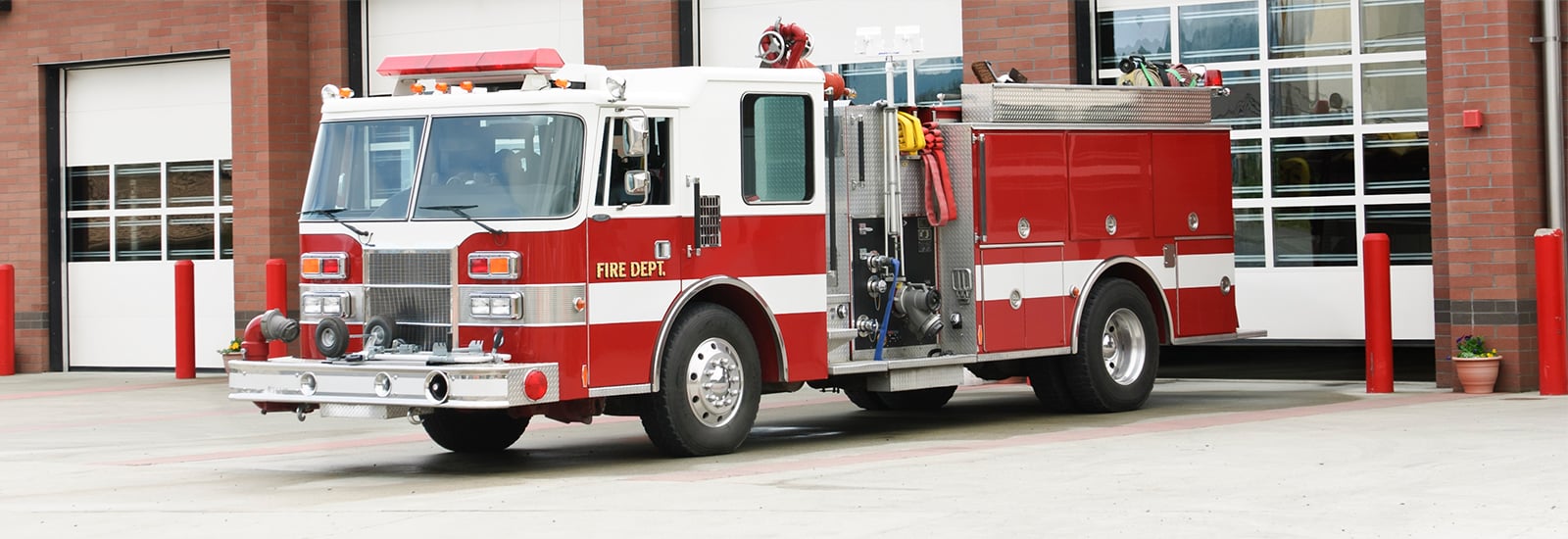One of every four fire service personnel fatalities were attributed as vehicle-related, according to the U.S. Fire Administration. The safe operation of emergency vehicles is critical.
To effectively manage vehicle safety, consider and properly manage the following factors:
Driver:
- VFD drivers are unique because they need to transition quickly from driving their private passenger vehicle to operating a much larger emergency vehicle with under stressful conditions.
- Drivers should be carefully selected only after considering a member’s driving experience, history of prior accidents and violations, medical history, and ability to handle stressful situations.
- Driving performance and license status should be monitored regularly.
Training and Procedures:
- Emergency vehicle operators require training in three areas for each piece of apparatus: initial basic training, periodic refresher training, and when new equipment is introduced.
- The initial training should include familiarization with the vehicle, traffic laws, and regulations governing emergency vehicles.
- Written procedures concerning proper vehicles operation are necessary to provide clarity, promote performance consistency, and help establish safety expectations.
- Procedures should address the fundamental responsibilities of the emergency vehicle operator and also include specific attention to critical areas such as emergency vs. non-emergency response, appropriate speed, vehicle placement at emergency scenes and backing.
Vehicles:
- The department’s preparedness level is dependent on a well-maintained fleet of vehicles. Maintenance reduces the chance of equipment failure and increases response safety.
- At a minimum, check each vehicle weekly for proper operation of emergency warning equipment, the brake system, and steering control.
- Each vehicle should receive a state inspection annually to provide another layer of evaluation.
- A system should be in place to report vehicle problems to the Chief or designated officer and should also identify if and when the problems was corrected.
- For serious problems have a policy in place to remove the vehicle form service corrections are made.
For emergency vehicles safety tips visit ems.gov.
Policyholders at Utica National can get more risk management information at the Customer Care center.
NOTICE: This information is provided solely as an insurance risk management tool. It is provided with the understanding that the member insurance companies of the Utica National Insurance Group are not providing legal advice, risk management advice, or any other professional services or advice. Utica National shall have no liability to any person or entity with respect to any loss or damages alleged to have been caused, directly or indirectly, by the use of this information. You are encouraged to consult an attorney or other professional for advice on these issues.

